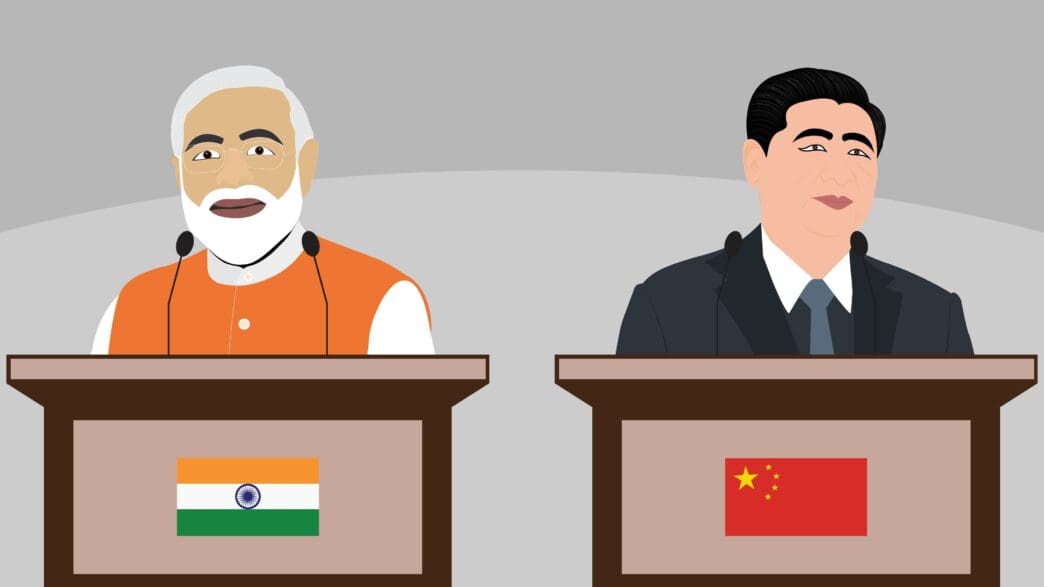Executive Summary
The Story So Far
Why This Matters
Who Thinks What?
Fresh trade tensions have erupted between the United States and China following Beijing’s significant expansion of export controls on rare earths and other critical minerals on October 9. In response, President Donald Trump threatened to impose a 100 percent tariff on Chinese goods, effective November 1, 2025, which triggered a sharp decline in US stock markets. These developments carry particular significance for India, which is currently engaged in trade negotiations with the US and faces potential impacts on its automobile industry.
Escalating Trade Measures
China’s new export control policy mandates that any product containing more than 0.1 percent China-origin rare earths, or produced using Chinese refining or magnet-making technology, will require Beijing’s export approval. This move by China, which controls 70 percent of global rare-earth refining capacity, has broad implications for various industries.
President Trump characterized China’s action as “an extraordinarily aggressive position on trade” and “a moral disgrace.” He announced that, in addition to the 100 percent tariff, the US would also impose export controls on critical software starting November 1, 2025, or sooner depending on China’s further actions.
Economic Repercussions and Global Supply Chains
Experts, such as Ajay Srivastava, former Indian Trade Service officer and founder of the think tank GTRI, anticipate that these controls will affect a wide range of products, from F-35 fighter jets to EV motors and wind turbines. Srivastava projects a rise in prices for electric vehicles, wind turbines, and semiconductor parts, and expects the US to pursue “friend-shoring” of mineral supply chains to countries like Australia, Vietnam, and Canada.
Conversely, China is likely to redirect supplies towards its non-Western partners, aiming to strengthen alternative industrial networks. Srivastava also warned that an escalating trade war could trigger global price surges, potentially hindering efforts to contain inflation and impacting production costs in the US.
A report by Japan-based MUFG Research suggests that China’s expanded export controls, many of which take effect in November or December, could serve as a negotiating tactic ahead of a potential meeting between President Trump and President Xi Jinping at the APEC Summit. The report highlights significant uncertainties regarding how China can effectively enforce these extra-territorial controls and their potential spillover into global supply chains.
Broader Trade Dynamics and Impact on India
Beyond immediate tensions, trade experts point to rising global trade pressures driven by China’s overcapacity and weak domestic demand. A Rhodium Group research report indicates that China’s growing gap between manufacturing exports and imports, the largest in the world, undermines previous expectations that its industrial ascent would create massive demand for low value-added manufactured goods from emerging economies.
This dynamic has contributed to an erosion of middle-income jobs in the US and other Western countries. For India, imports from China have significantly increased, reaching over $100 billion in 2023–24, compared to $10.87 billion in 2005–06.
The renewed US-China trade tensions underscore the need for India to negotiate trade deals carefully and on equal terms, ensuring reciprocity and preserving strategic autonomy. Experts advise New Delhi to focus on building self-reliance in critical technologies and minerals, thereby insulating its economy from future trade shocks and leveraging its neutral position to strengthen ties with diverse global partners.








